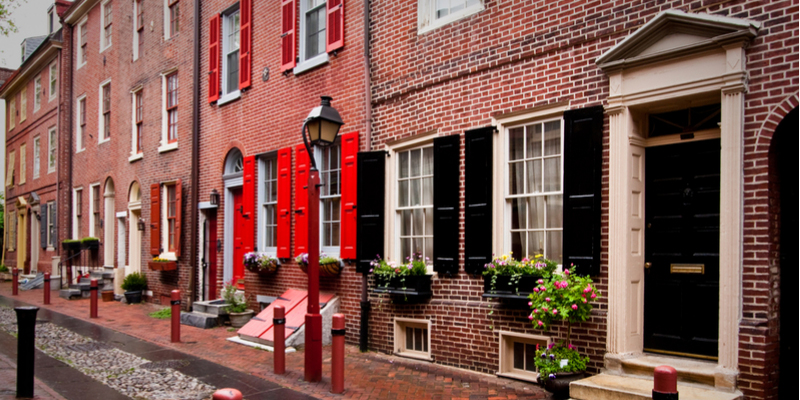Historic brick restoration requires a rather specific process to get just right. You need to know the history of the property you are working on, the original building material makeup, and the proper ways to clean and restore features. Even a simple mistake can result in severe damages that appear instantly or over time.
Here are 5 Things You Should Never Do when Restoring Historic Brick
1. Forget to Check the History of The Property
Restoration entails ‘restoring’ a building to its glory days—that means you want to use as much of the original materials and design elements as possible. To get this just right, it’s important to know about the history of the building.
Luckily, there are many ways to uncover the history of a property, such as visiting your local library, doing some online research, or contacting local historians. The goal is to uncover as much as you can about the history of the home or building prior to conducting any type of restoration. This information will give you the necessary insight to make the right decisions regarding the overall treatment throughout the restoration process.
2. Use Harsh Cleaning Tactics on Brickwork
Part of any historical restoration typically involves cleaning existing brickwork and other surface materials. Cleaning is a great way to prevent a buildup of issues while making surfaces look better. Although, you should never use the following tactics to clean historic brickwork:
- Sandblasting is a no-no! It will remove dirt and stains, but in the process, it’ll also remove the top protective layers of masonry surface. Abrasive cleaning techniques increase the risk of moisture damage and can create larger issues.
- High-pressure water cleaning can damage masonry surfaces and cause mortar to loosen and weaken.
- Harsh acidic chemical treatments will break down protective layers of brickwork and can even alter the color and appearance of surfaces.
- Never use chemical or water treatments in freezing temperatures, as this can cause cracks in masonry to form.
3. Repoint Everything
Repointing can help address areas where mortar is missing, cracked, or disintegrating. Any areas that show signs of water damage must be repaired or repointed. It’s important to do so carefully, starting by hand-raking with a natural bristle tool. The goal is to recreate the original look and texture as closely as possible. A test may need to be conducted to identify the type of brick and mortar used in original construction so that materials can be matched as closely as possible. Only repoint areas that are in need and avoid repointing an entire wall or foundation if possible.
When repointing historic masonry, you should never:
- Rely on synthetic or plastic caulking
- Use a scrub-coating technique to apply mortar
- Apply mortar in temperatures that are freezing or near freezing
- Use mortar with high levels of Portland cement
4. Patch Brick with Other Materials or Waterproof Coatings
Avoid patching brickwork with stucco or cement. Sure, this is a cheaper option, but it will not produce very appealing results. Plus, it won’t help prolong the life of existing brick and mortar surfaces.
Another common mistake we have encountered is the use of waterproof coatings on historic masonry. These coatings can alter the exterior appearance and accelerate deterioration.
5. Go at it Alone
The more help you can get during the restoration process, the better. Don’t try and go at it alone. It is important to hire professional masons who understand historic properties. Additionally, consult with State Historic Preservation Offices, non-profit organizations, and anyone else with insights on the historical makeup of your property. Working with knowledgeable preservation professionals will help you prevent costly mistakes and make the right decisions the first time around.
Turnbull Masonry is a trusted source for commercial and residential historic restorations in Toronto. Contact us today to learn more or to get a quote.

